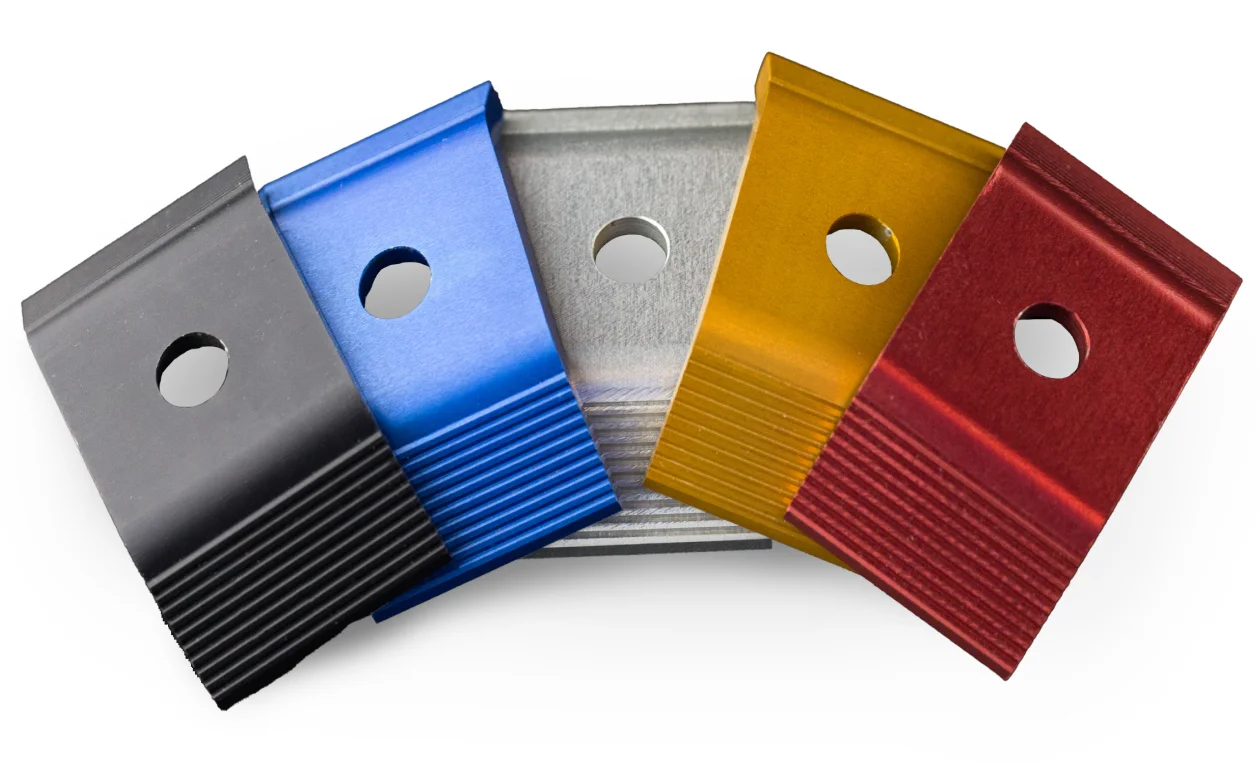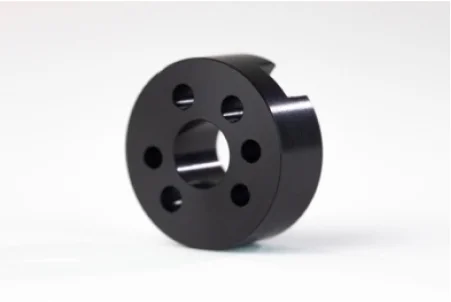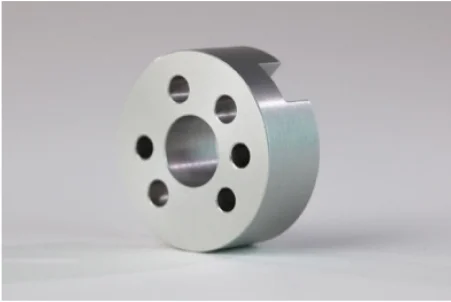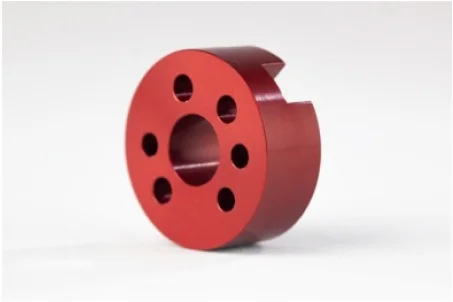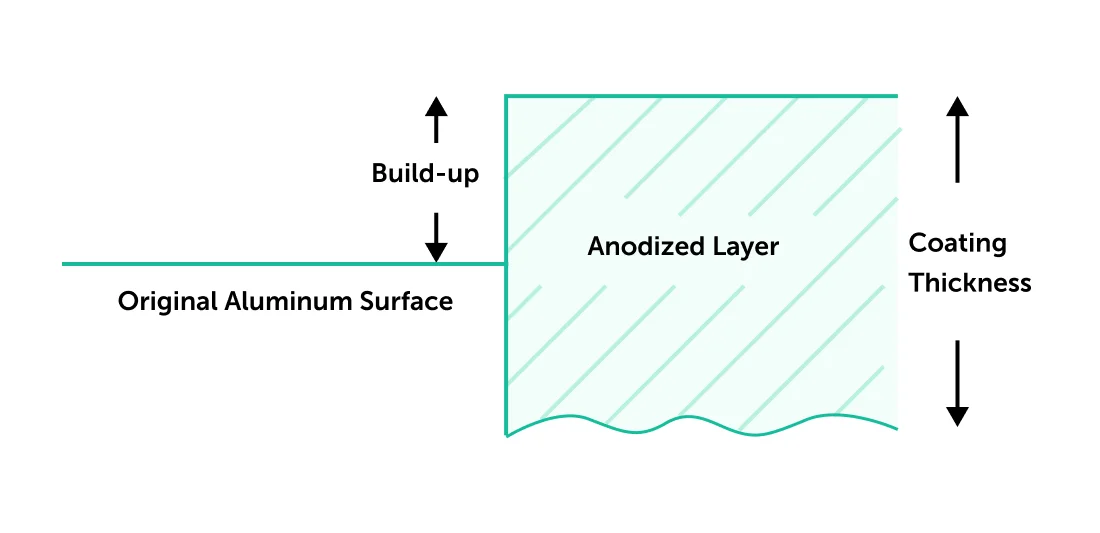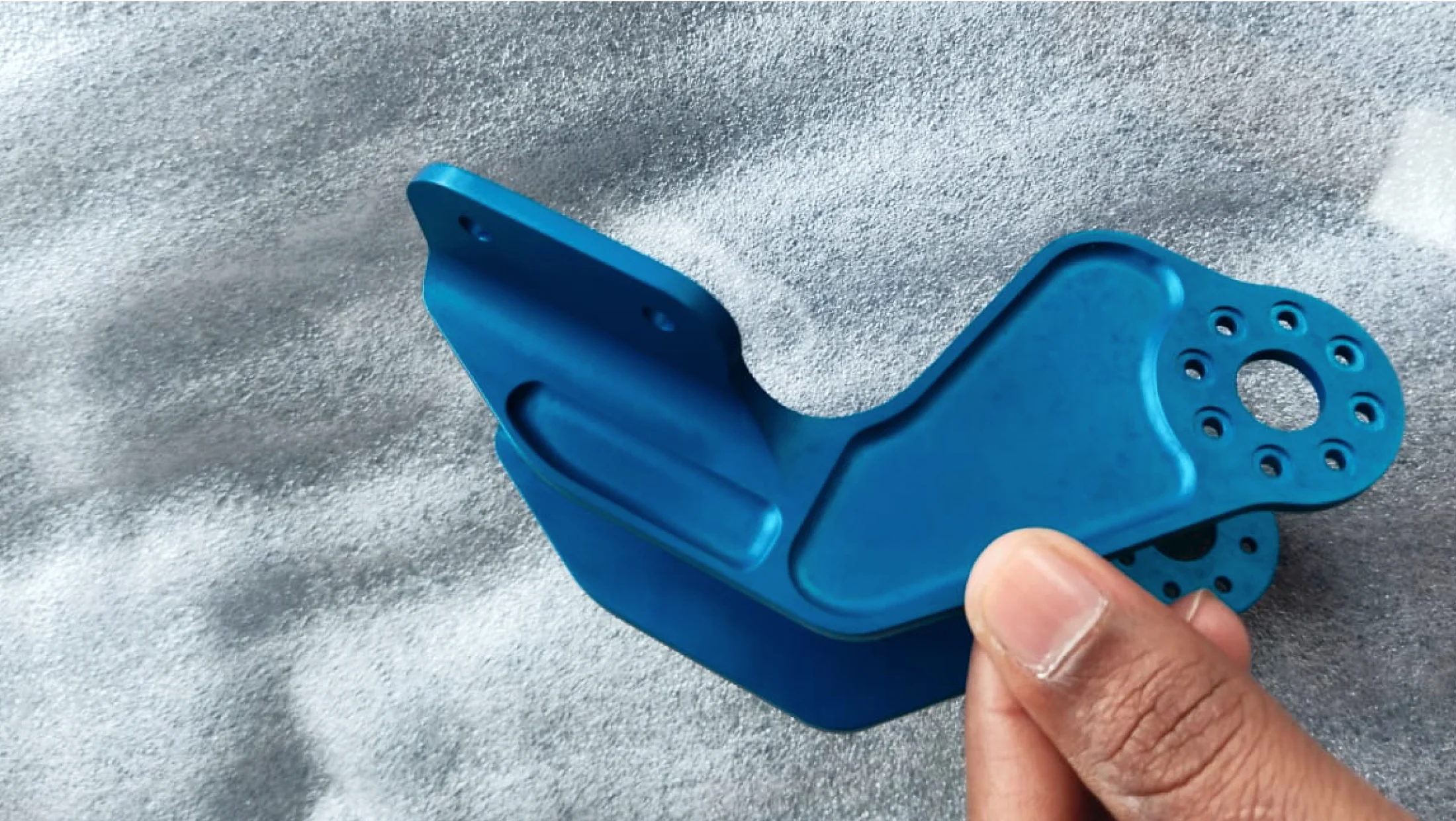| ASTM D1730 |
Type 2, Method 1
(MIL-A-8625 equiv.)Zn |
Sulfuric Acid |
Anodized finishes requiring dyeing, saltwater resistance, kitchen appliances |
ASTM B580, type
A equiv to hard coat |
AKA Type III |
Sulfuric Acid (Hard Coat) |
Cookware; Good thermal resistance, electrical insulation, abrasion/wear resistance, and strong finish |
SAE AMS2469J equiv to
hard coat |
AKA Type III |
Sulfuric Acid (Hard Coat) |
Cookware; Good thermal resistance, electrical insulation, abrasion/wear resistance, and strong finish |
| AAMA 611-98 |
Class I (A4) |
Sulfuric Acid |
Aerospace parts requiring high performance architectural aluminum anodic coating; kitchen applicances |
| AAMA 611-98 |
Class II (A3) |
Sulfuric Acid |
General use commercial architectural anodic coating |
| ASTM D3933-98 |
N/A |
Phosphoric Acid |
Structural adhesive bonding; aerospace parts |
| ASTM B580 |
Type G (MIL-A-8625
Type I equiv.) |
Chromic Acid |
Provides a good surface for paint and adhesive bonding |
| MIL-PRF-8625 |
Type IA |
Conventional Chromic Acid |
Paint primer for aerospace parts |
| MIL-PRF-8625 |
Type IB |
Low Voltage Chromic Acid |
Modified Type I used for 7XXX series aluminum alloys |
| MIL-PRF-8625 |
Type IC |
Non-Chromic Acid Electrolyete |
Improves paint adhesion and fatigue resistance |







